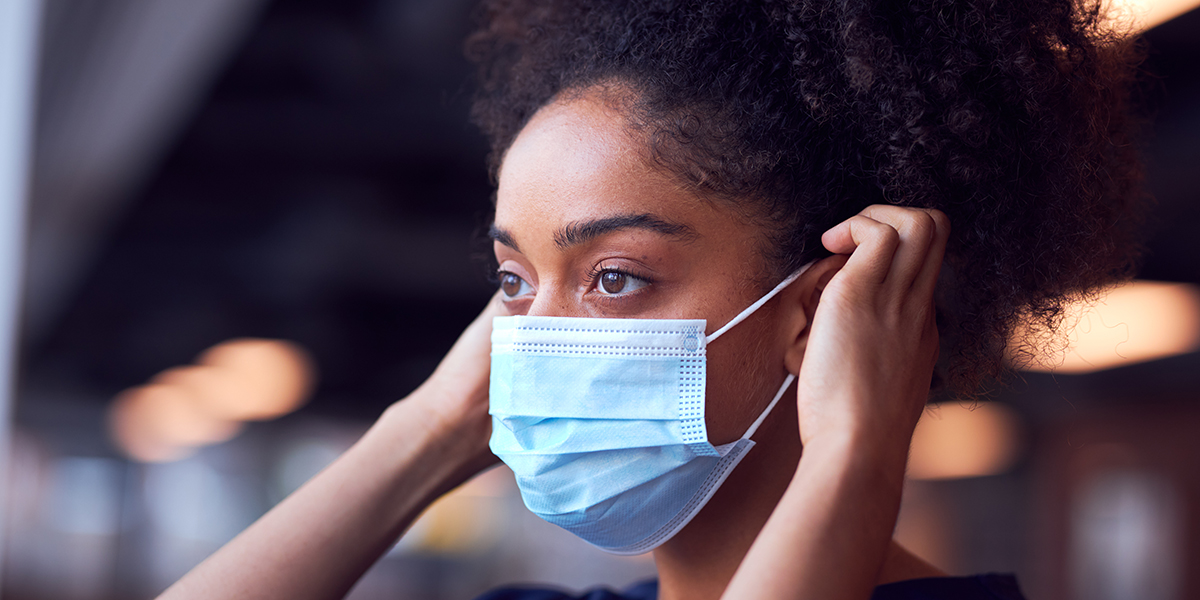The world was caught off guard when the COVID-19 pandemic hit us hard in early 2020. It forced us to adapt to the "new normal," which meant wearing masks, practicing social distancing, and washing our hands frequently. While the pandemic has affected all aspects of our lives, the use of face masks has been one of the most effective measures in preventing the spread of the virus. In this article, we will explore everything you need to know about face masks and how they can help protect you and those around you.
What is a Face Mask, and How Does it Work?
A face mask is a protective covering worn over the nose and mouth, designed to prevent the spread of respiratory droplets. These droplets can be produced when an infected person talks, coughs, or sneezes. The mask acts as a barrier, trapping these droplets before they can enter your respiratory system.
There are several types of face masks, including surgical masks, N95 masks, cloth masks, and more. The effectiveness of a face mask depends on the type of mask you are wearing and how well you wear it. The Centers for Disease Control and Prevention (CDC) recommends wearing a mask that covers both your nose and mouth, fits snugly against the sides of your face, and has two or more layers of fabric.
Why Wear a Face Mask?
Wearing a face mask is essential in reducing the transmission of COVID-19. It has been shown to be effective in reducing the spread of respiratory droplets from infected individuals, even those who are asymptomatic. By wearing a mask, you are not only protecting yourself, but you are also protecting those around you.
One of the most significant advantages of wearing a mask is that it can help prevent the spread of the virus even if you are unaware that you are infected. It is possible to have COVID-19 and not show any symptoms, making it difficult to identify those who are infected. By wearing a mask, you are reducing the likelihood of spreading the virus unknowingly.
How to Wear a Face Mask
Wearing a face mask is easy, but it's essential to wear it correctly to ensure maximum effectiveness. Here are some tips on how to wear a mask properly:
- Wash your hands before putting on the mask.
- Place the mask over your nose and mouth, covering both areas.
- Make sure the mask fits snugly against the sides of your face.
- Avoid touching the mask once it's on.
- To remove the mask, pull it off from the back of your head.
- Wash your hands after removing the mask.
Remember, masks should be worn in conjunction with other preventative measures, such as social distancing and washing your hands frequently.
The Impact of Face Masks on Society
The widespread use of face masks has had a significant impact on society, both positively and negatively. On the positive side, it has reduced the spread of COVID-19 and helped protect individuals from becoming infected. It has also helped raise awareness of the importance of preventative measures in controlling the spread of the virus.
On the negative side, some people find masks uncomfortable or difficult to wear, leading to non-compliance with mask mandates. Additionally, the use of masks has also led to a rise in litter, as disposable masks are often improperly disposed of and end up polluting the environment.
Despite the drawbacks, the benefits of wearing a mask far outweigh the negatives, and we must continue to wear them to protect ourselves and those around us.
